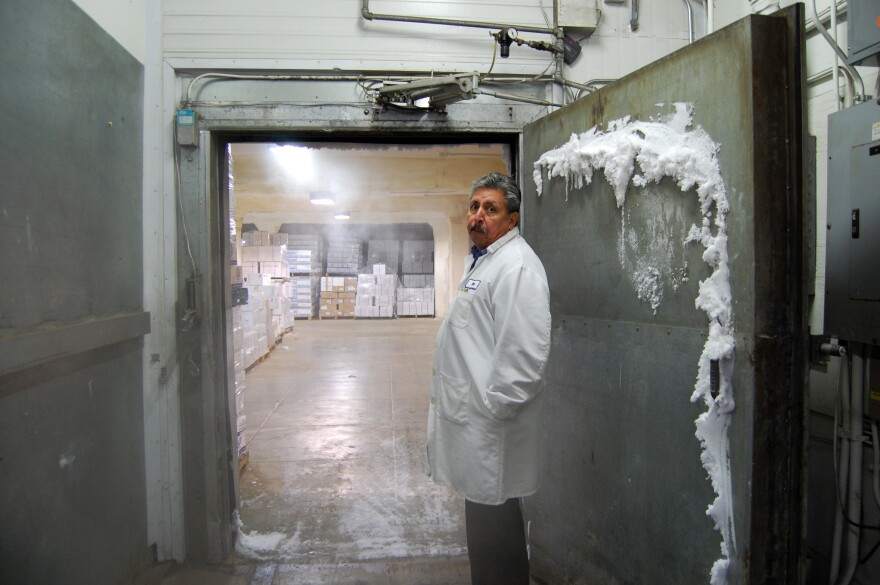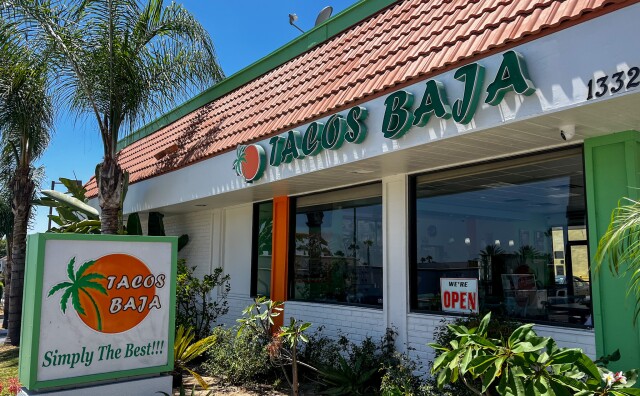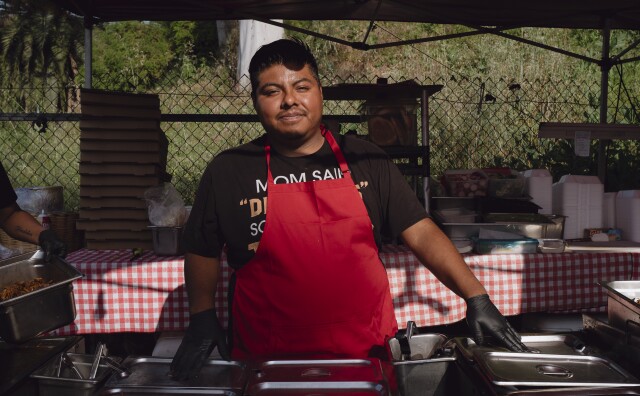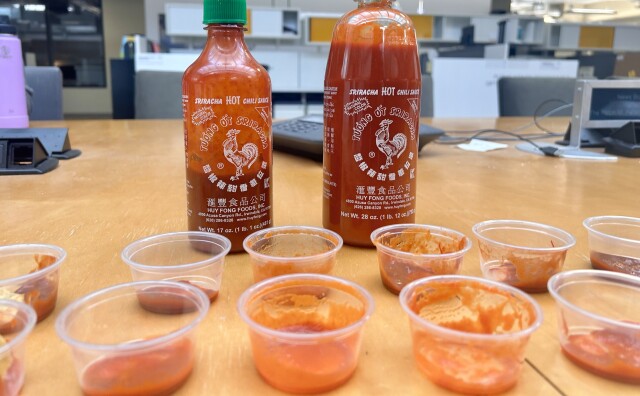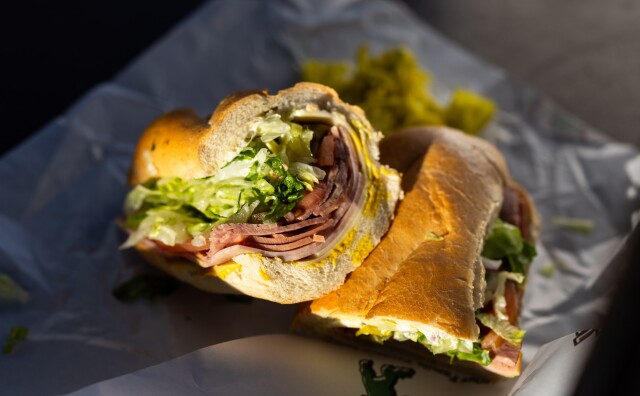Have you ever wondered how iceberg lettuce became America’s lettuce of choice? Hint: It had nothing to do with taste.
It all started in the late 19th century during the early days of refrigeration and what is known as the “cold chain.” Like a supply chain, it’s a system of climate-controlled warehouses and trucks that keeps food and other perishable goods safe to consume. The invention changed almost every aspect of the food industry, from the way we store food, to what we eat and how it’s grown.
Iceberg lettuce factor
Nicola Twilley, who wrote Frostbite: How Refrigeration Changed Our Food, Our Planet, and Ourselves and is co-host of the podcast Gastropod, said iceberg lettuce became popular because it was so sturdy that it was able to withstand long journeys from California to the East Coast.
-
Nonprofit's launching fundraiser to keep it afloat
-
USC study documents what residents want from trees
-
What candidates can — and can't — say they do
“You had to just basically pile ice into refrigerated train cars and top it up regularly along the track,” Twilley said on LAist’s daily news program AirTalk, which airs on 89.3 FM.
Without modern refrigeration, Twilley said California would not be able to grow about 50% of the nation’s produce, but there are also some downsides. Early farmers bred for produce that could be shipped and stored for longer periods of time instead of focusing on flavor and nutrients. That has led to complaints that supermarket produce tends to lack flavor, according to Twilley.

Refrigerated warehouses
While doing research, Twilley spent a week doing shift work at AmeriCold Warehouse in Ontario to see “the places we’ve built for our food to live.” The Atlanta-based company specializes in temperature-controlled warehousing and transportation.
The cold storage warehouses are like the middlemen between large distribution companies and grocery stores. This allows for certain foods to be sold year-round, regardless of seasonality or geography.
“You see aisles and aisles and racks and racks filled with every single kind of yogurt you could possibly imagine. The coconut ones, the soy ones, the low fat ones… just endless amounts of a single thing,” she said. “That's when you really realize what it takes to feed America at the scale of a city like Los Angeles.”
Empowering women
Even early in the 20th century, many people died as a result of infections from poor food storage practices. The invention of home refrigerators also helped people save time and money, and made it easier for women to enter the workforce.

Before fridges appeared in homes, families had to go out and buy perishable food to cook and eat for the day, and you couldn't necessarily save the leftovers for the week or cook in large batches.
Once women were free to do a weekly shop, “their kids could even fend for themselves if they were old enough,” Twilley said. “You suddenly start to see women going out to work and you see this today in the developing world.”
In her book, Twilley interviewed a venture capitalist who looks inside fridges to learn how women are spending their money and to decide where to invest. He calls it “fridgeonomics.”
“Once households start to get a fridge, that's when women get a say in the household finances, because they can go out to work and you start seeing a complete shift in the economy too,” Twilley said.

